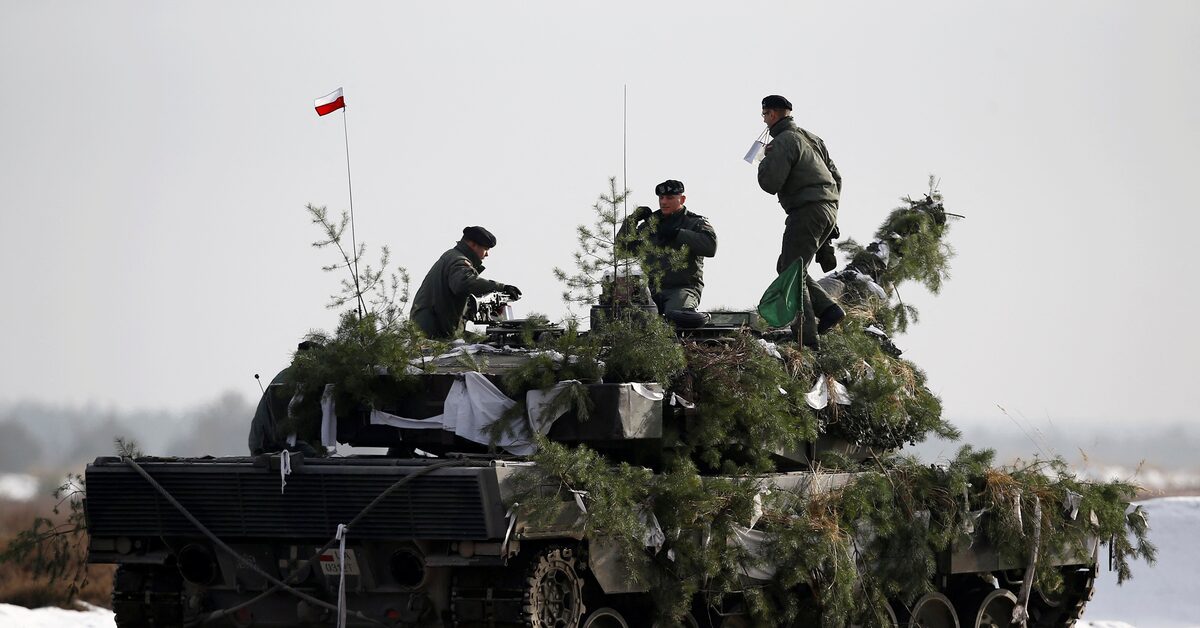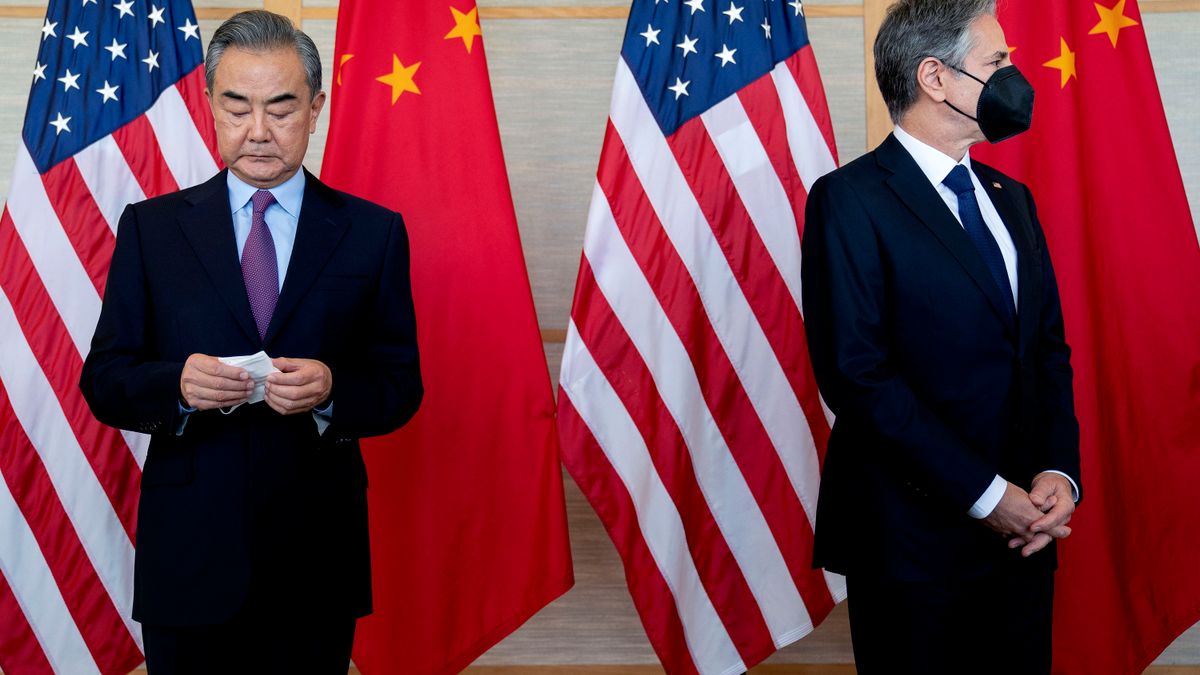We're getting a clearer picture of the tank battalions that will be sent to Ukraine in 2023. A Ukrainian tank battalion consists of 31 tanks. This is what the battalions will look like from what we know so far.
Battalion #1 (Jan-Feb)
28x T-55 (Slovenia)
3x T-72 (Czech Republic)
Battalion #2 (Feb-Mar)
31x PT-91 Twardy (Poland)
Battalion #3 (Feb-Mar)
31x T-72B (Poland)
Battalion #4 (Mar-Apr)
31x T-72B (USA / Netherlands)
Battalion #4 (Mar-Apr)
14× Leopard 2A6 (Germany)
3x Leopard 2A6 (Portugal)
14x Challenger 2 (Britain)
Battalion #5 (Apr-May)
14x Leopard 2A4 (Poland)
8x Leopard 2A4 (Norway)
6x Leopard 2A4 (Spain)
4x Leopard 2A4 (Canada)
Battalion #6 (Jun-Jul)
31x Leopard 1A5 (Germany)
Battalion #7 (Aug-Sept)
31x Leopard 1A5 (Germany)
Battalion #8 (2023 unknown)
31x M1A2 Abrams (USA)
I expect to see a couple more battalions announced throughout the year. The following have not yet been announced, but I'm expecting them...
Battalion #9
31x T-72B (Morocco)
Battalion #10
10x Leopard 2A4 (Finland)
10x Leopard 2A4 (Sweden)
7x Leopard 2A4 (Germany)
4x Leopard 2A4 (Canada)
Battalion #11
31x T-72B (Poland)
Battalion #12
31× M1A1 Abrams (USA)
Battalion #13
31× Leopard 1A5 (Belgium)
Battalion #14
31x Leopard 1A5 (Denmark)
Battalion #15
31x Leopard 1A5 (Netherlands)
Battalion #1 (Jan-Feb)
28x T-55 (Slovenia)
3x T-72 (Czech Republic)
Battalion #2 (Feb-Mar)
31x PT-91 Twardy (Poland)
Battalion #3 (Feb-Mar)
31x T-72B (Poland)
Battalion #4 (Mar-Apr)
31x T-72B (USA / Netherlands)
Battalion #4 (Mar-Apr)
14× Leopard 2A6 (Germany)
3x Leopard 2A6 (Portugal)
14x Challenger 2 (Britain)
Battalion #5 (Apr-May)
14x Leopard 2A4 (Poland)
8x Leopard 2A4 (Norway)
6x Leopard 2A4 (Spain)
4x Leopard 2A4 (Canada)
Battalion #6 (Jun-Jul)
31x Leopard 1A5 (Germany)
Battalion #7 (Aug-Sept)
31x Leopard 1A5 (Germany)
Battalion #8 (2023 unknown)
31x M1A2 Abrams (USA)
I expect to see a couple more battalions announced throughout the year. The following have not yet been announced, but I'm expecting them...
Battalion #9
31x T-72B (Morocco)
Battalion #10
10x Leopard 2A4 (Finland)
10x Leopard 2A4 (Sweden)
7x Leopard 2A4 (Germany)
4x Leopard 2A4 (Canada)
Battalion #11
31x T-72B (Poland)
Battalion #12
31× M1A1 Abrams (USA)
Battalion #13
31× Leopard 1A5 (Belgium)
Battalion #14
31x Leopard 1A5 (Denmark)
Battalion #15
31x Leopard 1A5 (Netherlands)
Last edited:

















